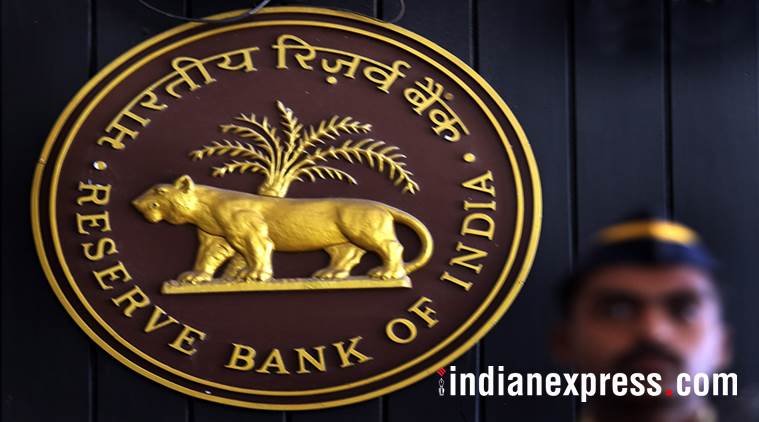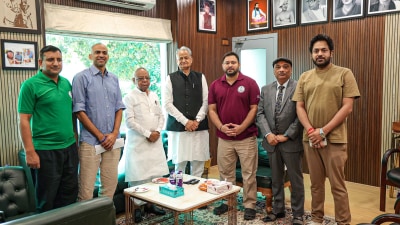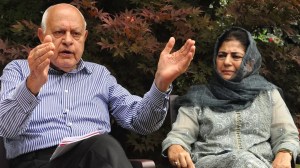Differences in panel: Majority against touching past RBI reserves
Finance Ministry keen on substantial transfer of funds to the government.
 The panel sought more time to finalise its report.
The panel sought more time to finalise its report.
The Committee on recommending the appropriate economic capital framework for the Reserve Bank of India (RBI) is divided over the issue of transferring past reserves including unrealised gains in gold and currency revaluation accounts. Sources said the most committee members are in favour of reducing the RBI’s excess reserves in phased manner, without any substantial transfer to the government.
The majority view in the committee is that the past reserves of the RBI, especially unrealised gains, in gold and currency revaluation accounts, should not be touched while future transfers should be guided by the new policy.
Explained: Why Jalan panel delayed report; importance of its recommendations
These are key areas of differences between the government nominee on the panel, Finance Secretary Subhash Chandra Garg, and other members, sources said. The panel headed by former RBI Governor Bimal Jalan, which met Monday, sought more time to finalise its report owing to the differences on issues. Set up last December, the panel was expected to submit its report by April (within 90 days of its first meeting), but it is now likely in July.
The Committee was set up following discussions between the finance ministry and the RBI last year over manner in which the central banks’ surplus can be shared with the government. While the Committee is chaired by Jalan, former RBI Deputy Governor Rakesh Mohan, who is against transferring a higher surplus to the government, is the Vice Chairman of the committee. RBI Deputy Governor NS Vishwanathan and RBI Central Board Members Bharat Doshi and Sudhir Mankad are other members of the panel.
The Committee was set up to “review status, need and justification of various provisions, reserves and buffers presently provided for by the RBI; and (to) review global best practices followed by the central banks in making assessment and provisions for risks which central bank balance sheets are subject to.” Prior to setting up of the Committee, the finance ministry in its discussions with the RBI, had argued that the existing economic capital framework — which governs the RBI’s capital requirements and terms for the transfer of its reserves to the government — is based on a very “conservative” assessment of risk by the central bank. The ministry has internally estimated RBI’s excess reserves at Rs 3.6 lakh crore.
As per Section 47 of the RBI Act, profits of the RBI are to be transferred to the government, after making various contingency provisions, public policy mandate of the RBI, including financial stability considerations. For the year ending June 2018, RBI had total reserves of Rs 9.59 lakh crore, comprising mainly currency and gold revaluation account (Rs 6.91 lakh crore) and contingency fund (Rs 2.32 lakh crore). Many economists and expert panels have in the past argued that the RBI is holding much higher capital that required to cover all its risks and contingencies.
Former Chief Economic Adviser Arvind Subramanian said in Economic Survey 2016-17 that the RBI is “is already exceptionally highly capitalised” and nearly Rs 4 lakh crore of its capital transfer to the government can be used for recapitalising banks and/or recapitalising a Public Sector Asset Rehabilitation Agency. This proposal was opposed by then RBI Governor Raghuram Rajan.





- 01
- 02
- 03
- 04
- 05


























